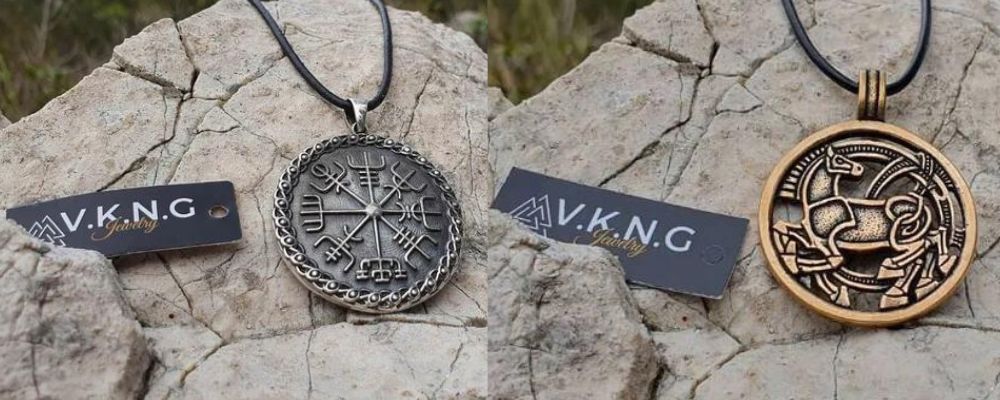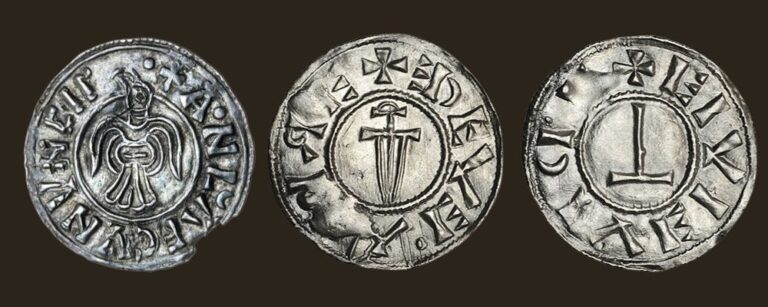Coins are among the most useful archaeological finds for historians. They are often marked with a date, or at least the name of a ruler that gives a dating period, providing “terminus post quem” dating information for the archaeological context in which they were found. The imagery used to decorate a coin can indicate much about what was important to the person responsible for its creation. Numismatics, or the study of coins, is an intriguing field of study.
Fortunately, many cultures used coins as currency, including the Vikings. In today’s article we would like to look at how a coin-based currency emerged in the Viking world, what their coins looked like, and what they can tell us about the Viking age.
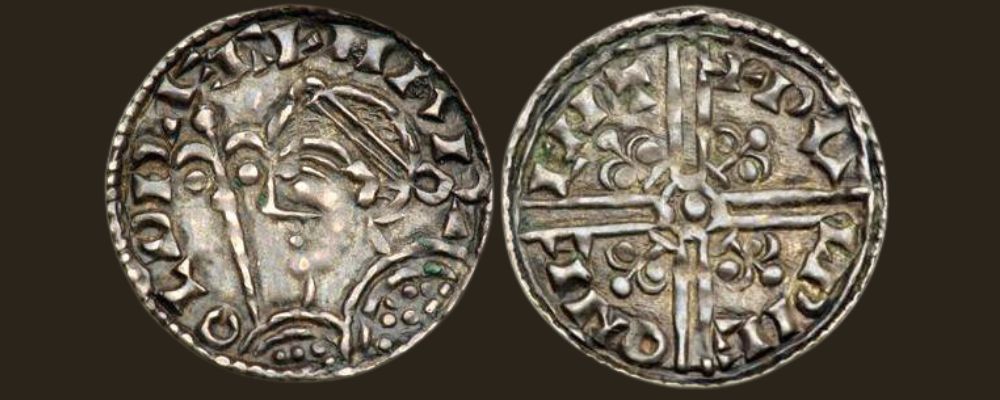
Early Viking Barter Economy
Historians believe that in the early Viking era, between the 6th and 8th centuries, the Vikings largely relied on a barter economy. I have sheep and you have grain, let’s make an exchange. You have spare sons to help with the harvest and I have fabric to make winter cloaks, let’s work something out. Leaders might give an expensive piece of jewelry to a warrior in exchange for his sword and loyalty in upcoming battles.
The barter nature of the economy can be seen in the hoards found dating to this era. Hoards are basically a collection of precious items that have been gathered and buried in the ground. This was a common practice across many cultures in the ancient and medieval world. There were no banks. Burying your valuables in some place that only you know was a good way to protect it. But some people never came back for their things, leaving them for archaeologists to study hundreds or even thousands of years later. Hoards provide a snapshot of what was considered important or valuable at a certain period of time.
Viking hoards dating to the 6th to 8th centuries mainly contain “complete objects”, such as brooches, amulets, and arm rings, mostly made in silver, but also gold. Some of the best-preserved pieces of Viking jewelry that survive today come from this period.
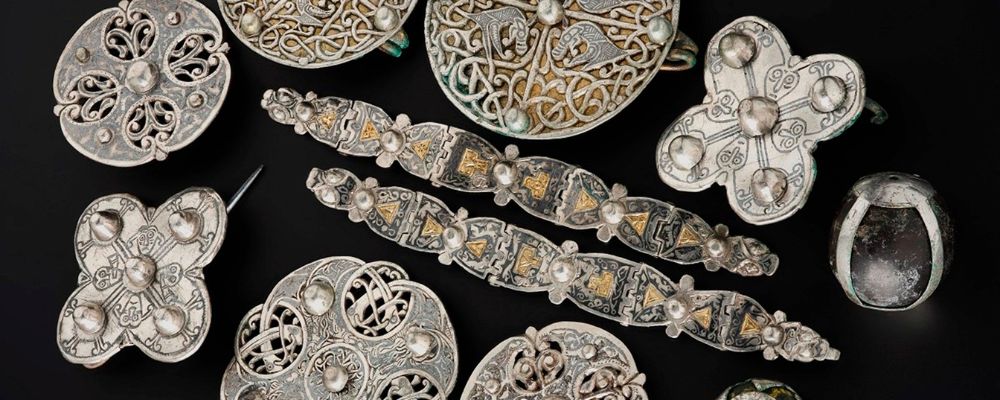
Rise of the Bullion Economy
From the start of the 9th century, the barter economy seems to have been too limited for the Vikings. What do you do if someone has something that you need, but you don’t have anything that they value highly to exchange. In addition, it was in this period that the Vikings started developing better ships and sailing further. This brought them into contact with new people with whom they wanted to trade. But valuable trade goods can be bulky and difficult to carry on ships.
This saw the start of the bullion economy, with the Vikings using precious metals as a standard form of exchange for commodities. Silver was the standard of the day, since it was relatively plentiful in the Viking world, but gold was also used.
The precious metals were mainly crude in the form of ingots. But as silver became recognized as a valuable commodity, affluent Vikings also began to wear silver jewelry as a sign of their wealth and status. The Vikings would trade whole pieces of jewelry for items, or they would hack pieces of metal off their jewelry to create smaller denominations to pay with.
As they expanded their world of trade, the Vikings also came into contact with coins. They recognized the value of these coins even though they did not have a coinage of their own. The Vikings often threaded the foreign coins that they acquired on chains and wore them as pieces of jewelry.
Viking hoards surviving from the 8th and 9th centuries contained complete pieces of jewelry, but also many ingots and pieces of hack silver, plus coins, often minted in the Arab world and acquired through trade.
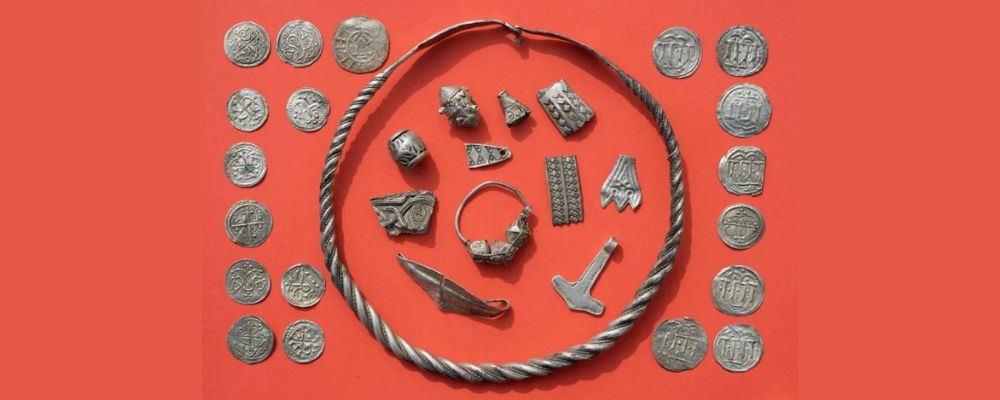
Earliest Viking Coins
Their contact with other cultures meant that it was only a matter of time before the Vikings moved from a bullion economy to a coin economy. While coins of the age were made from precious metals and weighed, and therefore represented a type of bullion, it was also recognized that coins represented a form of value beyond their weight.
Early Viking coinage was most heavily influenced by the coinage of the Anglo-Saxons of the British Isles. This is believed to stem from the early Danish raids on Britain, as the locals would pay the Vikings not to attack their towns for a season. They would pay in what they valued, coins. As the Vikings settled in the area and became landowners rather than invaders, they continued to receive coins from the local Anglo-Saxons as a form of land tax.
The first known coins issued by the Vikings themselves were issued by Sweyn Forkbeard, who was the king of Denmark from 986 until his death in 1014, and the King of England for five weeks before his death. His early coins were exact replicas of contemporary coins minted by the Anglo-Saxons in Britain. He even used the name and title of the Anglo-Saxon king. It is suspected that the Danes just took the dies that the British used to make their coins back to Denmark and used it.
Sweyn Forkbeard would eventually mint his own coins with the inscription “ZVEN REX AD DENER GOD-WINE M-AN D-NER”, which means “Sweyn, King of the Danes and Godwine Moneyer of the Danes”. But the coin still copied the Anglo-Saxon Christian cross on the reverse.
At around the same time, the Norwegian Vikings also started striking coins under Olaf Tryggvason, who had also spent time in Britain. His first coins were exact copies of coins used by the English king Aethelred II.
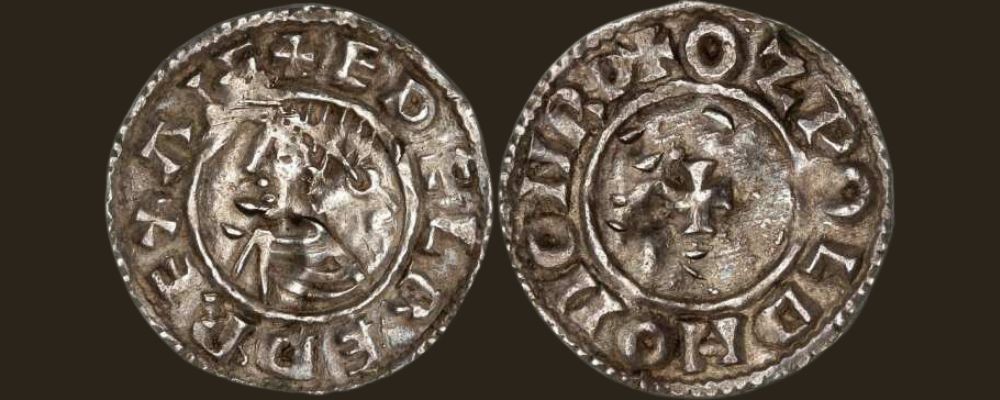
Viking Mints
In the Islamic world, the melting method was used to create coins. This involves creating molds and then pouring hot metal into them to form the coin. But this was considered a relatively expensive and dangerous way to make coins.
The Vikings used the striking method to make coins, which was also used by the Romans and is used in modern mints. Silver ingots were heated and rolled out into sheets. Rounds disks were then punched out from the sheet. Dies with the desired coin design were made in iron, and then the disk was placed between two dies, and the top die struck with a hammer. This successfully transfers the image to the silver because iron is much harder than both silver and gold.
Viking Currencies
The Vikings initially issued short series of coins that were used alongside other precious metals as forms of payment. But eventually official currencies were developed, and Viking economies became predominantly coin based, though barter would always have its place. In Denmark the currency emerged under Harald Hen, who ruled between 1074 and 1080.
From the earliest days the Norwegian silver penny was standardized to 0.89 grams, but over time the silver to copper ratio the coins diluted. It was under Harald Hardrada, who ruled in the second half of the 11th century, that a national currency emerged. The main Norwegian mint was probably at Nidarnes.
In Sweden, initially coins were mostly imported from the Arab world via Russia and used as currency. Local minting began in around 990 at a mint at Sitana. King Olaf Skotkonung minted coins with his image and title, but they were only used in the local area, probably as a way of paying soldiers. It would take more than a century for a more official coinage to emerge.
These coins sometimes displayed images of Norse origin, such as the raven of Odin or Thor’s Hammer. But more often than not, they used Christian imagery borrowed from the Anglo-Saxon or Byzantine worlds. While the presence of this imagery on coins may have been a factor in the conversion of the Vikings, it was probably not chosen specifically for this purpose. Because the Vikings borrowed the idea of coinage from these cultures, they probably just thought of these as the kinds of images that belong on coins.
Viking hoards dating to the 11th to 12th centuries mainly contain coins, with few hack pieces and other pieces of trade metal. This reflects the conversion of the Vikings to a coin-based currency.
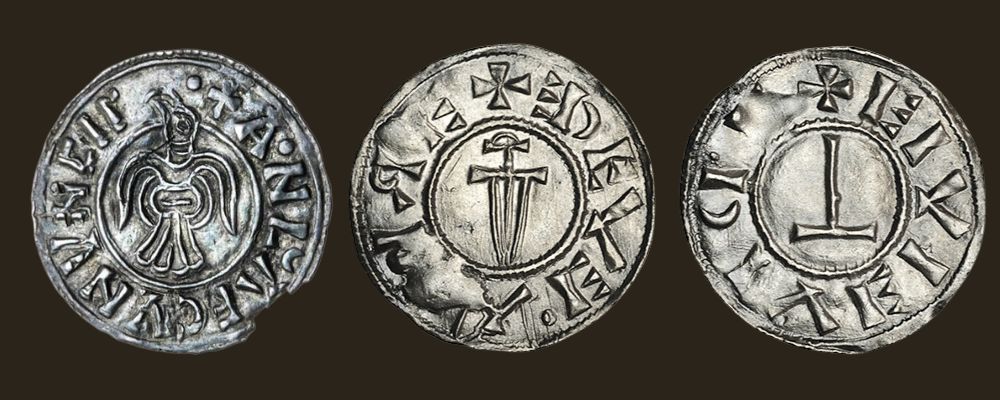
Viking Numismatics
Today Viking coins are a valuable commodity, kept as keepsakes or worn as pieces of jewelry in true Viking style. Many of the pendants in the VKNG collection are coin-shaped, imitating the Viking practice. You can shop Viking-style amulets in the VKNG collection here.
